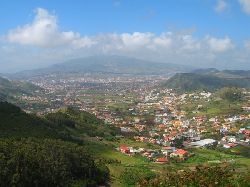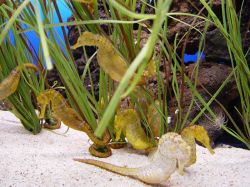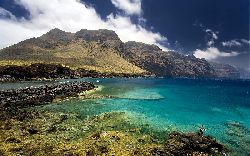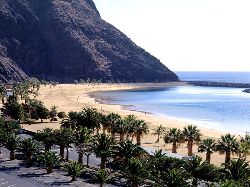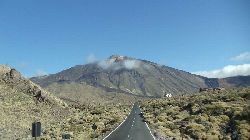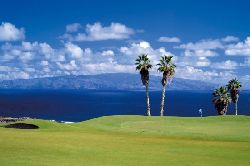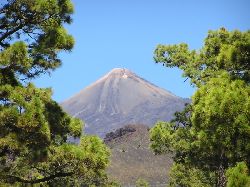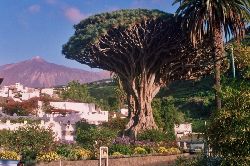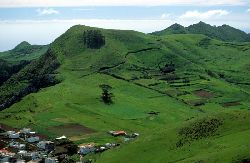Common description
Tenerife is the largest (more than 2000 sq. Km) and most visited island of the Canary Archipelago: more than half of all "Canary" tourists come here every year.
It is located in the center of the archipelago, between the island of Gran Canaria in the east and the neighboring island of Homer in the southwest. In the language of the Guanches - the ancient inhabitants of the island - Tenerife means "snow mountain". The island owes this name to the volcano Teide, thanks to which Tenerife is the highest island in the Atlantic Ocean.
The mountain range divides Tenerife into two climatic zones: wet, lush vegetated north and arid sunny south. That is why Tenerife got the name "islands with two faces."
The island's capital, Santa Cruz de Tenerife, is located on the northeast coast in the depths of a small bay. This is the largest city in Tenerife, which come mainly for shopping.
Playa de las Americas is the largest resort in the south of Tenerife and the main resort of the island. Most tourists prefer to relax in the south - there is no bad weather and the sun shines year-round. Las Americas is adjacent to Los Cristianos - another but quieter tourist center in the south of Tenerife.
Puerto de la Cruz is the main resort of the northern coast of Tenerife and the second most important resort of the island after Playa de las Americas in the south. Despite countless hotels and restaurants, Puerto de la Cruz is still a distinctive Canary city.
Tenerife is not in vain called the "island of eternal spring": in winter the temperature here does not fall below +20 ° C, and in summer does not rise above +25 ° C. Water in the ocean + 20 ... + 22 ° C, not higher. The exceptionally mild climate of Tenerife allows recommending holidays on the island even to people of mature age, including those suffering from cardiovascular diseases.
It is located in the center of the archipelago, between the island of Gran Canaria in the east and the neighboring island of Homer in the southwest. In the language of the Guanches - the ancient inhabitants of the island - Tenerife means "snow mountain". The island owes this name to the volcano Teide, thanks to which Tenerife is the highest island in the Atlantic Ocean.
The mountain range divides Tenerife into two climatic zones: wet, lush vegetated north and arid sunny south. That is why Tenerife got the name "islands with two faces."
The island's capital, Santa Cruz de Tenerife, is located on the northeast coast in the depths of a small bay. This is the largest city in Tenerife, which come mainly for shopping.
Playa de las Americas is the largest resort in the south of Tenerife and the main resort of the island. Most tourists prefer to relax in the south - there is no bad weather and the sun shines year-round. Las Americas is adjacent to Los Cristianos - another but quieter tourist center in the south of Tenerife.
Puerto de la Cruz is the main resort of the northern coast of Tenerife and the second most important resort of the island after Playa de las Americas in the south. Despite countless hotels and restaurants, Puerto de la Cruz is still a distinctive Canary city.
Tenerife is not in vain called the "island of eternal spring": in winter the temperature here does not fall below +20 ° C, and in summer does not rise above +25 ° C. Water in the ocean + 20 ... + 22 ° C, not higher. The exceptionally mild climate of Tenerife allows recommending holidays on the island even to people of mature age, including those suffering from cardiovascular diseases.
Tenerife on map
+2°C

